Sorry, it's a dreadful pun, but I couldn't resist. The stirrup is arguably one of the most important inventions in the history of mounted warfare, and of riding in general. The advent of the stirrup allowed a rider to mount more easily (making it feasible to wear heavier armour into battle), to rise out of…
Tag: green spur
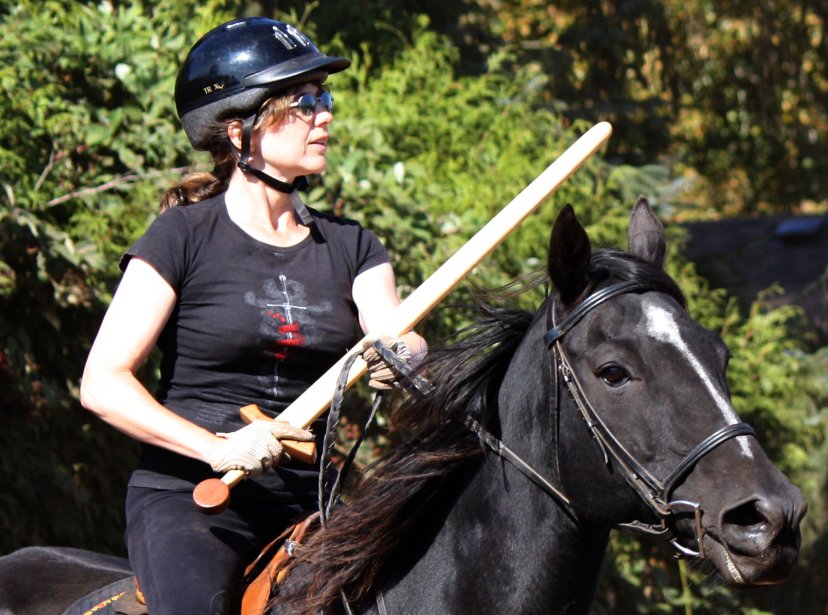
Using the sword hand
Last week I talked about freeing the sword hand by using the reins in one hand. This week we'll deal with what to do with that free hand as we 12. Safely carry and move a long object (dressage or buggy whip, flag, sword etc) at the walk and trot The purpose of this part…
Freeing the sword hand
Up till now all discussing of the Riding 1 curriculum has implied the use of two hands on the reins. This is because we ride with English tack in the Cavaliere program and teach English style riding (for the reasons for this see these previous posts: English or Western pt I and pt II). However,…
Stick 'em up ... or down
I had to be careful with the title of this week's post. Didn't want it turning up in the wrong sort of searches,* as the next item on the Riding 1 checklist is: 9. Show correct way to hold a whip/crop This is one of the skills we ask for in our level…
Don't look down!
Back from holidays and back to business. This week our riding skill is: 8. Walk and trot over single ground poles and a group of 3-4 trot poles Riding over ground poles is the beginning of learning how to jump, but is also a useful exercise in and of itself for improving a horse's way…
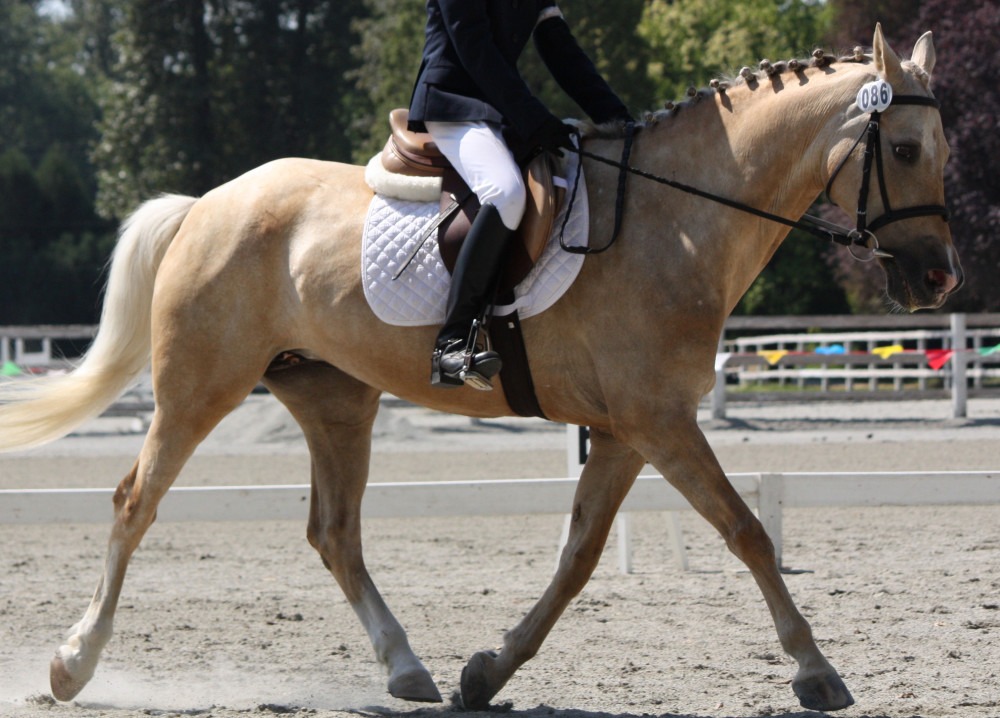
Rein-changing pt II
Last week I talked about the dressage letters in the riding ring, and how to use them to increase your accuracy. The exercise was a change of rein at the walk across the school from B to E. In your level 1 riding test we also ask you to: 7. Change rein on long diagonal…
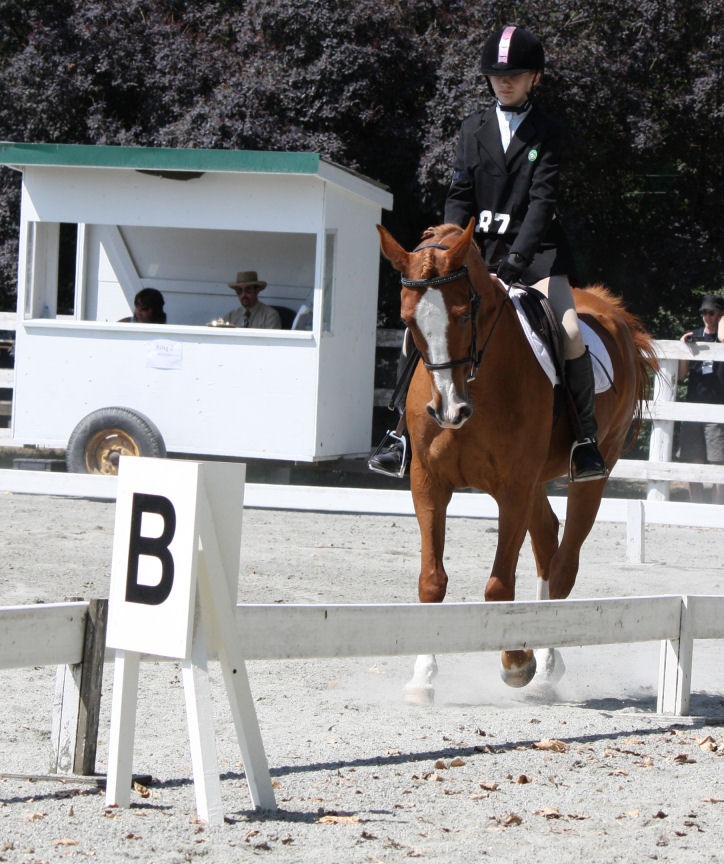
Alphabet soup: dressage arena letters
Take a lesson at almost any riding school and you will hear a stream of letters flowing past: "twenty metre circle at C", "between K and A develop working canter", "change rein FXH" and so on. These letters are not acronyms or arcane code, but simply markers on the dressage arena. No one seems to…
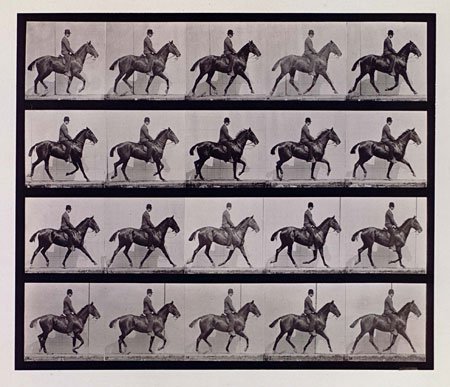
A post on posting
No, this is not about blogging, or fenceposts (that was last week), but on rising or 'posting' to the trot. The trot is a 2-beat gait in which the horse's legs move in diagonal pairs. It is the roughest gait to sit, which is why the technique of posting, or rising in the stirrups on…
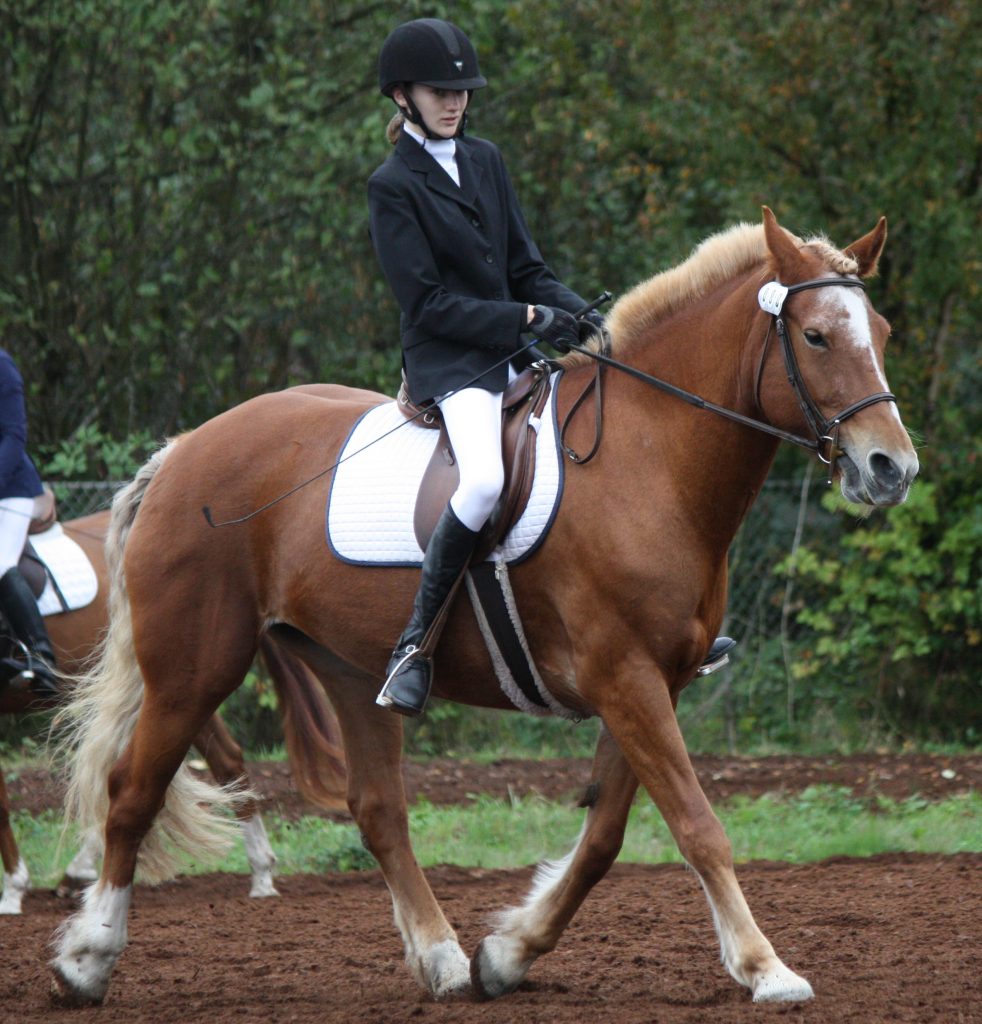
Setting the Pace
First off, thank you to all you wonderful volunteers who came out yesterday, post-Canada Day hangovers notwithstanding, to pound posts, hammer rails, attack weeds and re-hang gates at Red Colt! We got a lot done in a short time and we couldn't have done it without you! Transitions Up until now in our Riding level…
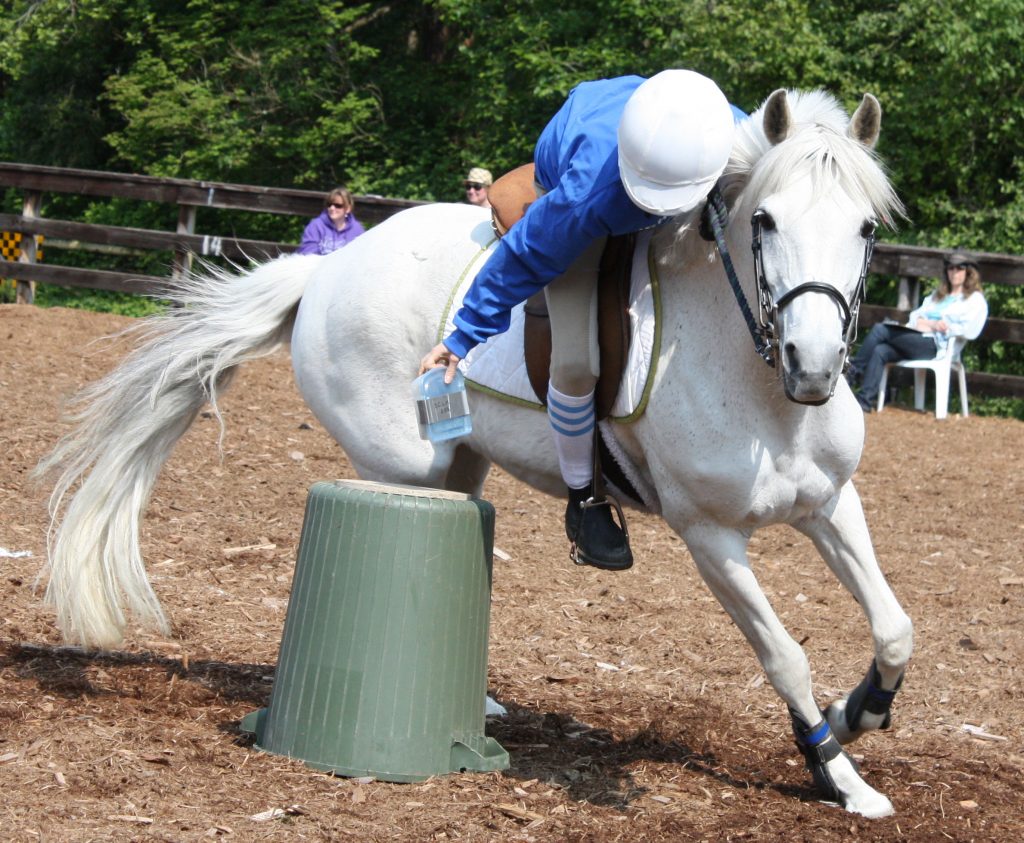
Exercises for an Independent Seat
We begin all our riding sessions with warm-ups for both horse and rider. For the horse, this involves progressing walk and trot, circles, changes of direction and suppling exercises to warm up the muscles and joints prior to exercise. For the rider, the warm up serves an additional function: to develop an independent seat. The…

Mount up!
The second item on the Riding 1 checklist is: 2. Mount safely and correctly from block or ground, picking up reins correctly Mounting your horse may seem like the simplest of skills, but it's one that takes a lot of practice to make smooth, effortless and kind to your horse. As you can see from…
The Riding Curriculum
Over the past dozen weeks or so I've written posts detailing the requirements for our Horsemanship Level 1. If you read through those posts, look at the relevant chapters of the Manual of Horsemanship, and attend at least three Horsemanship classes in which you have the opportunity to practice handling, grooming and tacking up, you…
Horse Sense
The final item on Horsemanship 1 checklist is: 11. Demonstrate safety and common sense when working around horses This is something our examiners make note of during the whole of the horsemanship assessment. We want to see that you are calm, confident, and sensible while handling your horse. Most candidates are very good at staying…
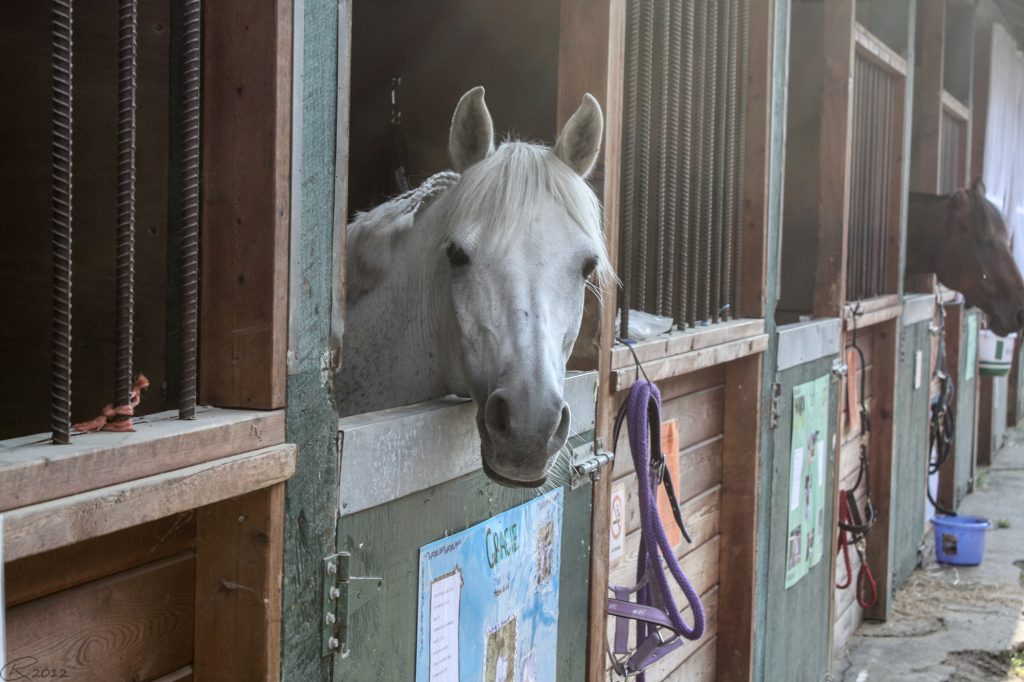
A Stable Situation: needs and habits of the horse
Aside from food, which was covered in last week's post, a horse needs shelter and security. These topics were both covered in previous posts (see links). For the Horsemanship 1 test we ask about 10. Stabling: needs and habits of the horse Along with reference to food, secure fencing, and shelter, we want to see…
Read More... from A Stable Situation: needs and habits of the horse

What's on the Menu?
There's a lot of news and fun stuff this week, so lets get the lesson over with right away, shall we? Basic Feeding First of all, go and re-read this post from January, which covers basic feeding. There is an entire science to equine nutrition, but for Horsemanship level 1 test we ask specifically about:…
Taking it off
Congratulations & Thanks! Before getting to our weekly topic I’d like to thank everyone who lent a hand at the work party on Sunday. We got an great start on Jack-proofing our fences, replaced several posts, built and installed two gates, and hauled those logs out to the back field to start building new cross…
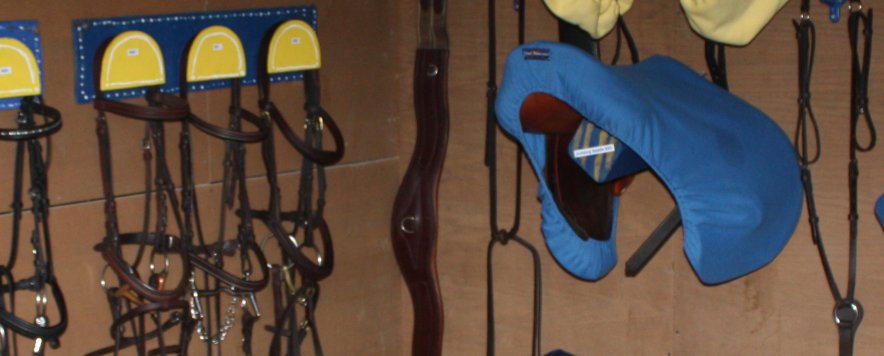
Another Tacky Post
Now that we know the names of all those pieces of leather and metal that make up a horse's tack, we need to know how to put them on correctly. 7. Tack up (may be assisted) 'May be assisted' means that for Horsemanship level 1 you should know the correct method of tacking up. If…
On the Right Tack
As with points of the horse, the nomenclature of the saddle and bridle varies from the obscure to the obvious. Item #6 on the Horsemanship 1 test is: Identify simple parts of saddle & bridle While it may seem a nuisance to memorize these terms, it is fairly important to know your billet strap from…